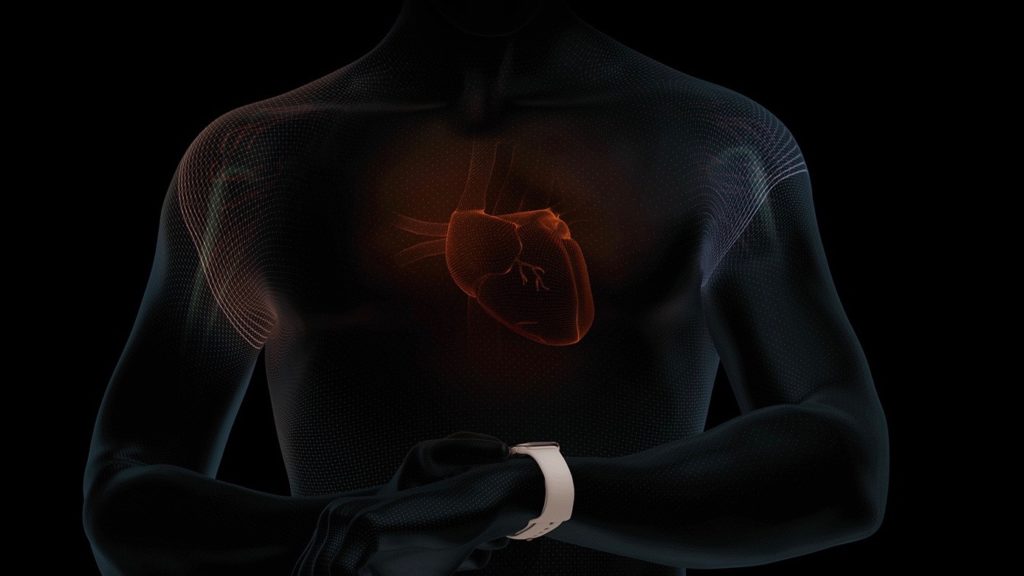
Technology as a stage for discussion about afib
While empowering patients with personal technology can come with a cost (not understanding the data that it generates), there’s a lot of good that can come from this. It creates the opportunity for discussion and education about afib. From the local level with our patients to the broader public and mainstream media, this is an unprecedented opportunity.
Rethinking a doctors role in technology and the public dialog
Beyond the opportunity to have a conversation around arrhythmia, we must see this as a chance to rethink a physician’s place in the public discourse.
In the wake of the new Apple Watch ECG functionality, Chrissy Farr from CNBC tweeted this:
Docs and academics: As health care becomes more consumer-directed, we’ll need your perspectives more than ever.
Understanding how new technology fits or doesn’t fit in our lives is a critical new role for physicians. I have referred categorically to this new outward-facing role and responsibility as the public physician. It’s that part of our world beyond the spaces we can see and touch. The internet and the virtual world and our place in the global network.
The physician as trusted voice and translator
Doctors are the first to dismiss consumer-directed health technology but the last to step up and help the world understand how and if it should be used. Instead we should be the buffer between the madness of Silicon Valley and the empowered and sometimes bewildered user. We should be the trusted voice and translator that Farr describes.
More often, however, we’re the eye-rolling middleman.
Apple’s turning on Apple Watch ECG functionality is a sentinel moment for a profession looking to define itself.
Who will we be? And what will we become?
If you want to read more about Apple Watch, be sure to check out the 33 charts Apple Watch Archives. It’s loaded with interesting posts on Apple Watch and how doctors and patients are using it.
Image via Apple press material.